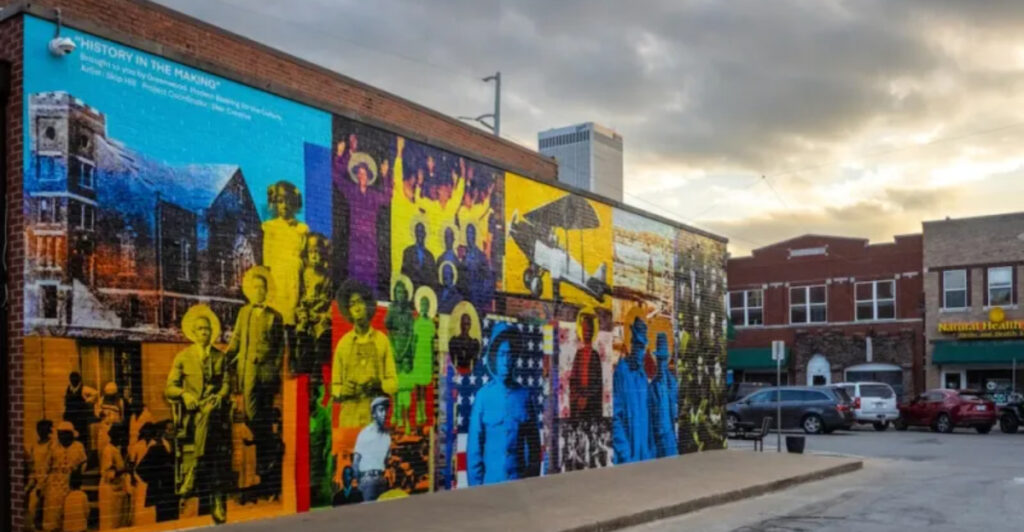America holds countless stories of struggle, triumph, and resilience within its borders. Local historians have identified the most moving places where Black history comes alive through museums, monuments, and preserved landmarks. These destinations offer visitors a chance to walk in the footsteps of heroes and understand the profound impact of African American experiences on our nation’s story.
1. National Museum of African American History & Culture – Washington, D.C.
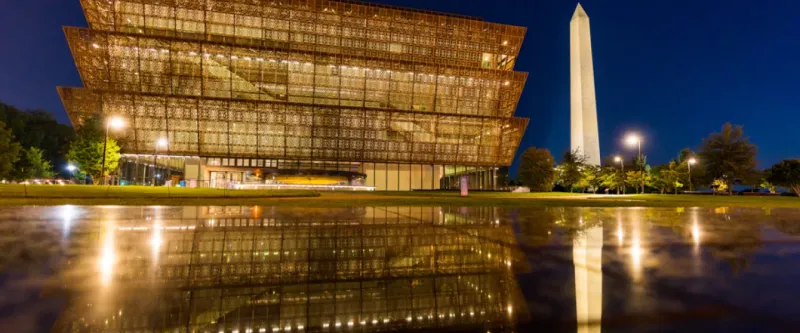
Standing tall on the National Mall, this bronze-colored marvel houses America’s most comprehensive collection of Black history artifacts. The Smithsonian’s newest addition opened in 2016 and immediately became a pilgrimage site for families seeking to understand their heritage.
Emancipation Hall greets visitors with powerful exhibits spanning 400 years of African American experiences. The Oprah Winfrey Theater screens documentaries that bring historical moments to vivid life.
Local historians recommend booking timed entry passes months in advance, as this museum draws millions of visitors annually who leave forever changed by its unflinching honesty and celebration of Black achievement.
2. Whitney Plantation – Wallace, Louisiana
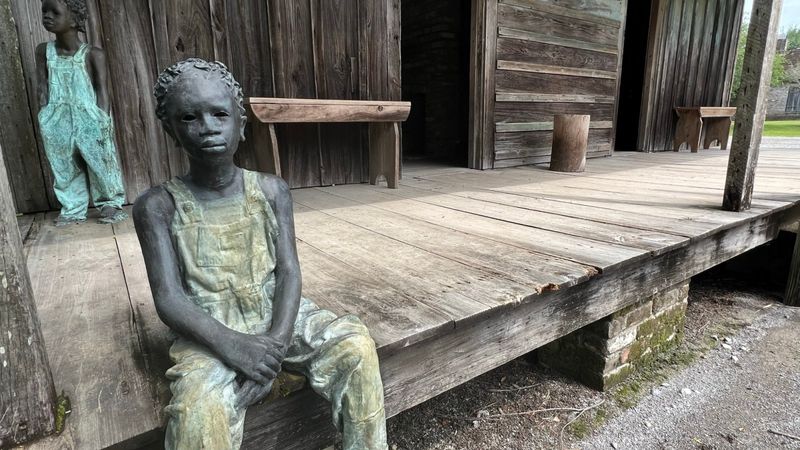
Unlike sugar-coated plantation tours that glorify mansion life, Whitney Plantation tells the brutal truth about slavery through the voices of those who endured it. This museum opened in 2014 as America’s first plantation site dedicated exclusively to enslaved people’s experiences.
Haunting bronze sculptures of children dot the grounds, representing the thousands of young lives lost to bondage. First-person narratives from former slaves, recorded in the 1930s, echo through speakers as visitors walk among restored slave quarters.
The Wall of Honor lists 107,000 names of enslaved individuals who worked Louisiana plantations, making this sacred ground for descendants seeking ancestral connections.
3. Edmund Pettus Bridge – Selma, Alabama
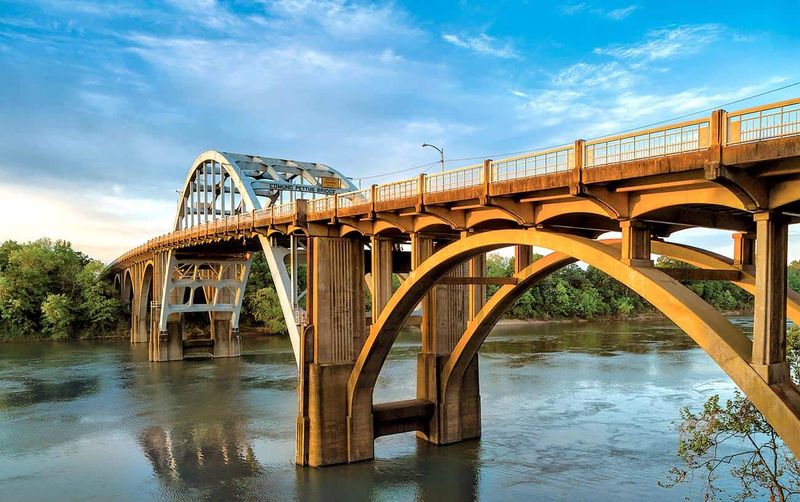
March 7, 1965, forever changed America when 600 peaceful marchers crossed this bridge demanding voting rights. State troopers met them with tear gas and billy clubs in an attack that shocked the nation and galvanized the Civil Rights Movement.
John Lewis, then 25 years old, suffered a fractured skull here but continued fighting for justice until his death in 2020. The bridge still bears the name of a Confederate general and KKK leader, creating ongoing controversy.
Walking across today feels sacred and sobering. Many visitors report overwhelming emotions as they imagine the courage required to face such violence for the right to vote.
4. Negro Leagues Baseball Museum – Kansas City, Missouri
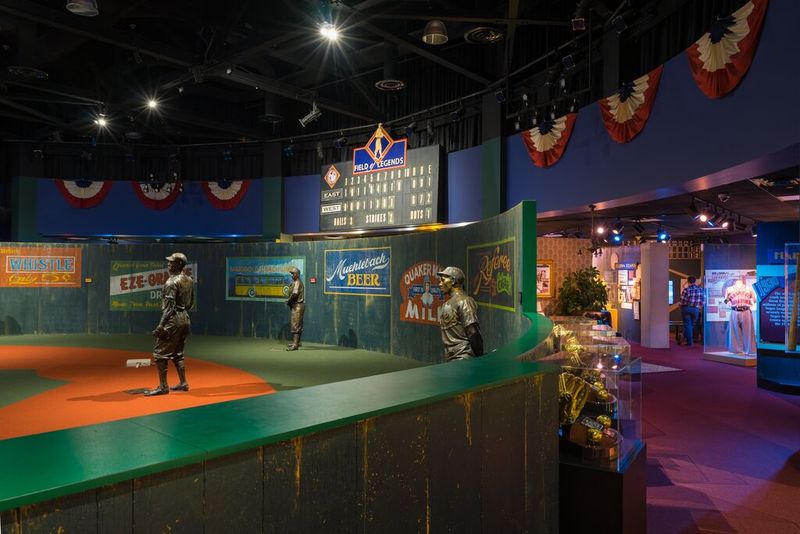
Before Jackie Robinson broke baseball’s color barrier, legendary athletes like Satchel Paige and Josh Gibson dominated diamonds across America in the Negro Leagues. This Kansas City museum preserves their incredible stories and athletic achievements from 1920 to 1960.
Interactive exhibits let visitors experience a 1940s locker room and hear play-by-play broadcasts from historic games. The museum’s crown jewel is its recreation of a Negro League ballpark, complete with period advertisements and wooden bleachers.
Local historians emphasize how these leagues weren’t just about baseball—they were thriving businesses that created jobs and pride in Black communities during segregation’s darkest years.
5. Tulsa’s Greenwood District – Tulsa, Oklahoma
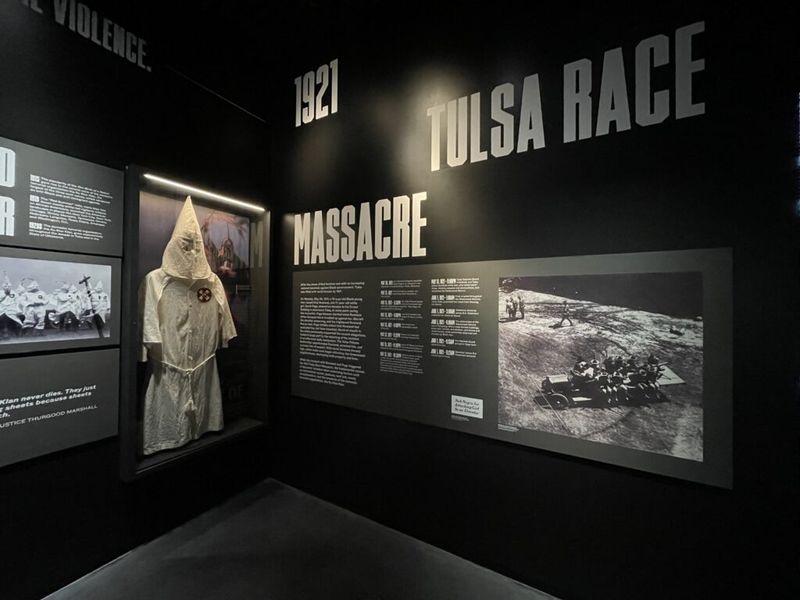
Once called “Black Wall Street,” Greenwood was America’s wealthiest Black community until white mobs destroyed it during the 1921 Tulsa Race Massacre. In just 18 hours, 35 city blocks burned, leaving 300 dead and 10,000 homeless.
The new Greenwood Rising museum uses immersive technology to recreate the district’s former glory, when Black-owned businesses, theaters, and newspapers thrived. Visitors can walk through a recreated streetscape showing the community’s prosperity before its destruction.
Survivors’ testimonies, long suppressed, finally received national attention in 2021 on the massacre’s centennial. The museum serves as both memorial and reminder of what systemic racism can destroy.
6. Harriet Tubman Underground Railroad National Historical Park – Maryland
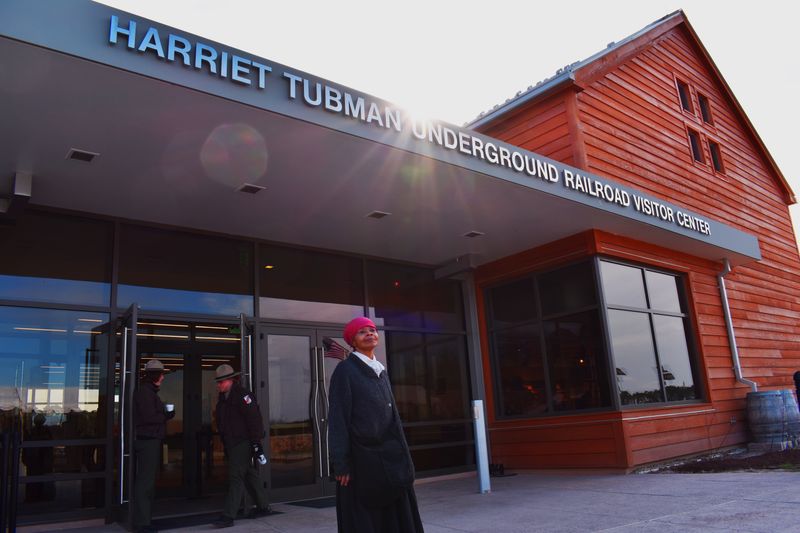
Harriet Tubman earned the nickname “Moses” by leading enslaved people to freedom through Maryland’s treacherous marshlands and forests. This national park preserves the landscape where she made her own daring escape and returned 19 times to guide others north.
The visitor center features interactive maps showing secret routes and safe houses used by the Underground Railroad network. Tubman’s childhood home site and the church where she worshipped ground visitors in her personal story.
Park rangers lead guided tours through the same wetlands Tubman navigated by moonlight, helping visitors understand the incredible courage and geographical knowledge required for each rescue mission she undertook.
7. The Legacy Museum & National Memorial for Peace and Justice – Montgomery, Alabama
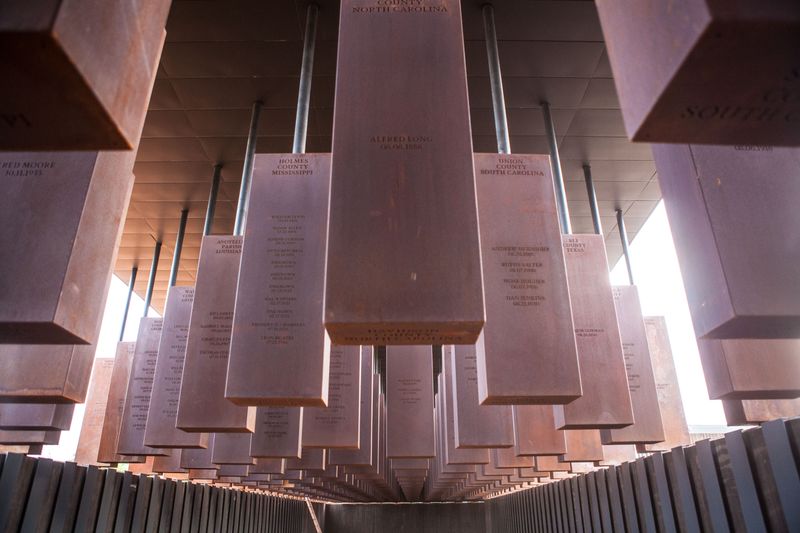
Built on the site of a former slave warehouse, the Legacy Museum confronts America’s history of racial terror with unflinching honesty. The Equal Justice Initiative created this powerful space to document lynching, segregation, and mass incarceration’s continuing impact.
The adjoining National Memorial for Peace and Justice features 800 hanging steel monuments, each representing a county where lynchings occurred. Victims’ names are etched into weathering steel that will rust over time, symbolizing memory’s fragility.
Local historians call this the most emotionally challenging but necessary museum experience in America. Many visitors leave in tears but with deeper understanding of how historical injustices connect to present-day inequalities.
8. Charles H. Wright Museum of African American History – Detroit, Michigan
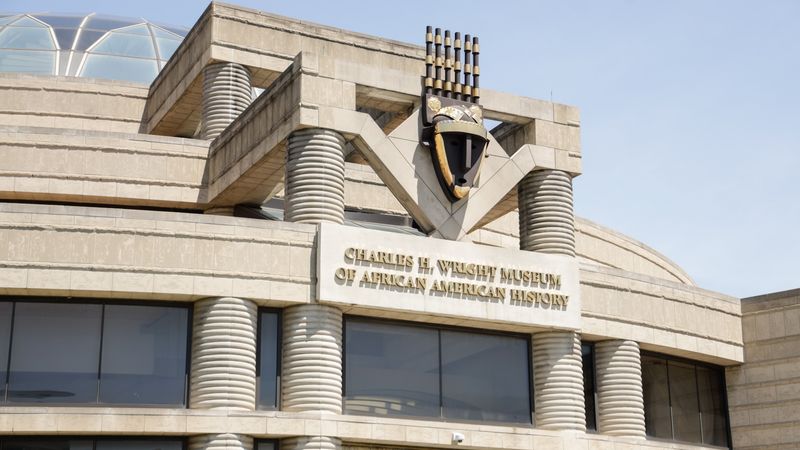
Detroit’s automotive wealth helped build one of the world’s largest Black history museums, featuring 125,000 artifacts spanning African civilizations to modern achievements. The museum’s centerpiece is a full-scale replica of a slave ship’s interior, forcing visitors to confront the Middle Passage’s horrors.
Motown gets special attention here, as Detroit birthed the sound that changed American music forever. Interactive exhibits let visitors experience recording studio sessions and learn how Berry Gordy Jr. built his musical empire.
The museum’s “And Still We Rise” exhibit celebrates Black resilience through art, literature, and innovation. Local historians praise its comprehensive approach to telling both triumph and tragedy stories.
9. Beale Street Historic District – Memphis, Tennessee

Memphis’s Beale Street pulses with the rhythm of Black musical genius, from W.C. Handy’s blues compositions to B.B. King’s legendary guitar solos. This three-block stretch birthed musical genres that conquered the world.
The Lorraine Motel, where Dr. Martin Luther King Jr. was assassinated in 1968, anchors the district as the National Civil Rights Museum. His room remains preserved exactly as he left it, creating a pilgrimage site for justice seekers.
Live music still fills Beale Street’s clubs nightly, continuing traditions started by musicians who faced segregation but created art that transcended racial barriers. The street remains a living museum of Black cultural achievement.
10. African Burial Ground National Monument – New York, New York
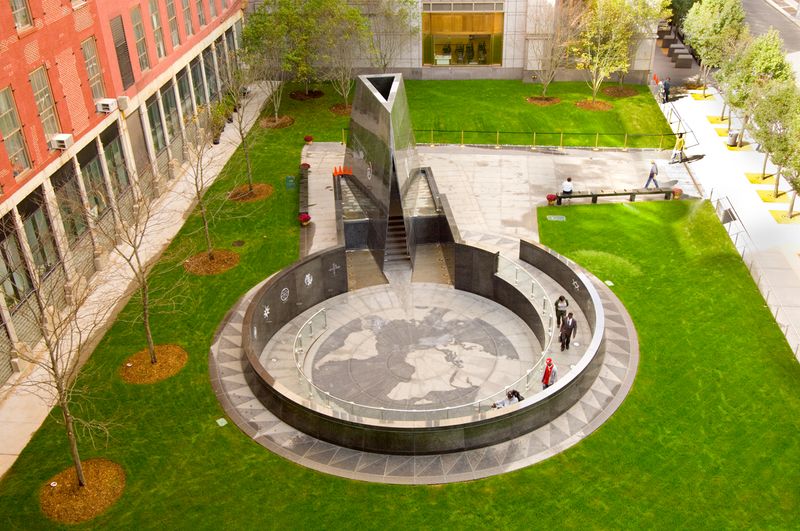
Beneath Manhattan’s busy streets lies sacred ground where 15,000 enslaved and free Africans were buried during colonial times. Construction workers discovered this cemetery in 1991, sparking a community fight to preserve and honor these forgotten ancestors.
The memorial’s spiral design represents the journey from slavery to freedom, while the ancestral chamber displays artifacts found during excavation. Regular libation ceremonies connect present-day visitors with their ancestors’ spirits.
Local historians emphasize how this discovery shattered myths about slavery being a “Southern problem.” New York City enslaved more people than Charleston during the 1700s, making this monument crucial for understanding Northern complicity in human bondage.
11. Medgar Evers Home Museum – Jackson, Mississippi
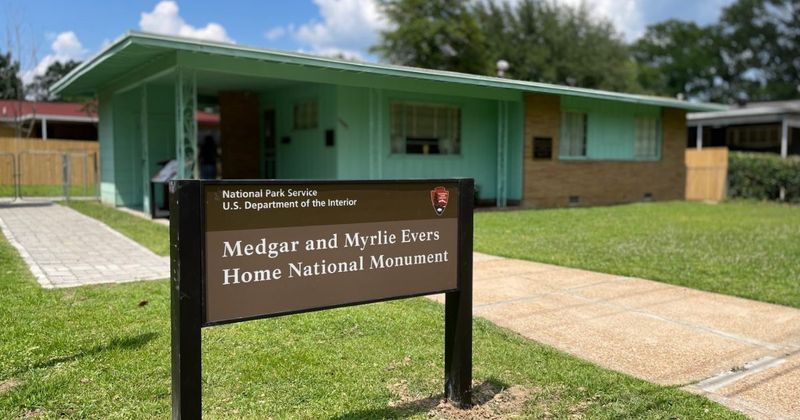
On June 12, 1963, white supremacist Byron De La Beckwith assassinated NAACP field secretary Medgar Evers in his own driveway as he returned from a civil rights meeting. His wife Myrlie and their three children heard the gunshot that changed their lives forever.
The ranch-style home remains frozen in time, with Evers’ bloodstained shirt and the bullet that killed him on display. His study contains the typewriter where he wrote reports documenting Mississippi’s racial violence.
Visitors often comment on the home’s ordinary appearance, realizing that civil rights heroes were regular people who chose extraordinary courage. The museum reminds us that one person’s sacrifice can spark lasting change.
12. The King Center – Atlanta, Georgia
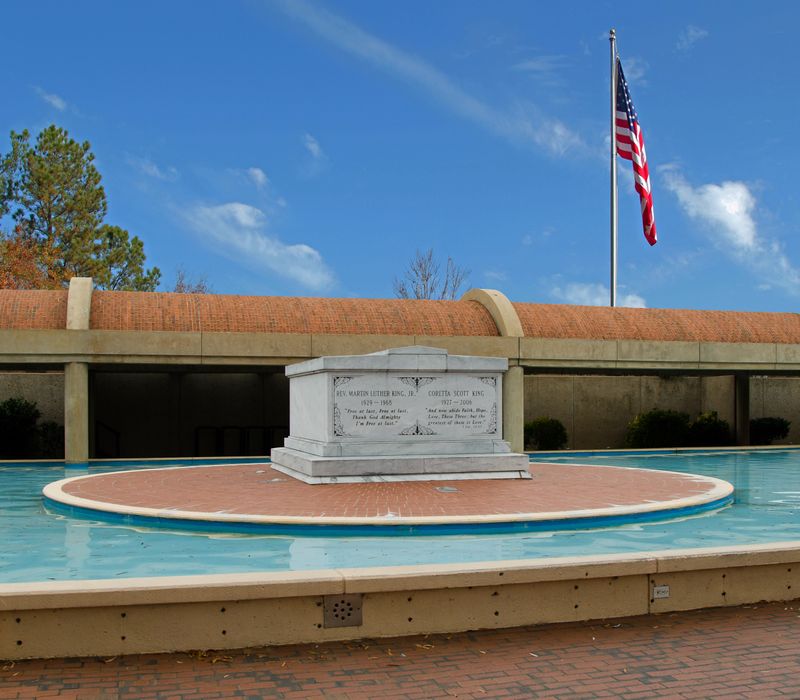
Coretta Scott King founded this center in 1968 to preserve her husband’s legacy and continue his work for social justice. The complex includes Dr. King’s birth home, Ebenezer Baptist Church where he preached, and his marble tomb surrounded by an eternal flame.
The center’s archives contain Dr. King’s personal papers, including drafts of his “I Have a Dream” speech with handwritten corrections. Interactive exhibits trace his evolution from young minister to global icon of nonviolent resistance.
Sweet Auburn Avenue, known as “Black Wall Street of the South,” surrounds the center with historic businesses and homes. Local historians recommend spending a full day exploring this neighborhood that shaped America’s greatest civil rights leader.
13. Black Wall Street Memorial – Tulsa, Oklahoma

Scattered throughout Tulsa, smaller memorials and murals honor the entrepreneurial spirit that made Greenwood America’s most prosperous Black community. These artistic tributes complement the main Greenwood Rising museum with street-level storytelling.
The John Hope Franklin Reconciliation Park features bronze sculptures depicting the massacre’s timeline, from prosperity through destruction to rebuilding efforts. Local artists created murals on buildings showing Black-owned businesses that once thrived here.
Walking tours connect these memorial sites, helping visitors understand Greenwood’s 35-block footprint before 1921’s destruction. Each memorial tells part of a larger story about Black excellence, white violence, and community resilience that continues inspiring entrepreneurs today.
14. The African American Museum in Philadelphia – Pennsylvania
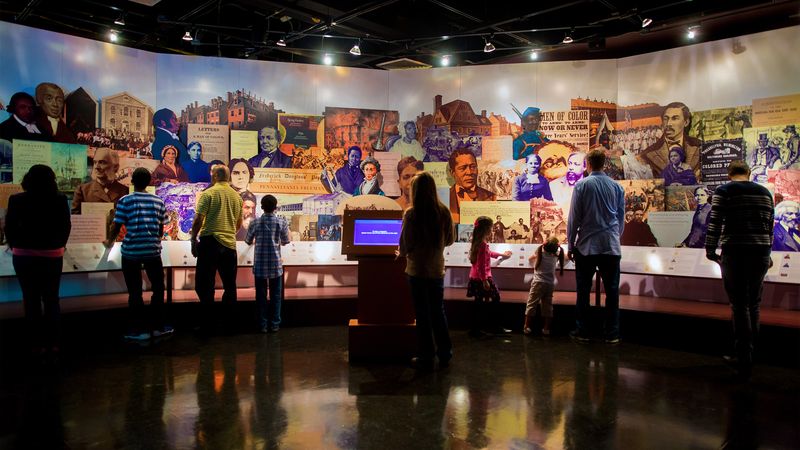
Founded in 1976, Philadelphia’s museum was America’s first major institution dedicated to Black history and culture. The city’s role as the nation’s first capital makes it perfect for exploring how African Americans shaped American democracy from its earliest days.
The Great Migration exhibit powerfully shows how six million Southern Blacks moved north seeking better opportunities. Interactive displays let visitors experience a 1940s train car packed with families carrying everything they owned toward uncertain futures.
Philadelphia’s connection to abolition gets extensive coverage, from the Underground Railroad to the city’s free Black community that challenged slavery through literature, activism, and economic success. Local historians praise the museum’s focus on ordinary people’s extraordinary courage.
15. Nicodemus National Historic Site – Kansas
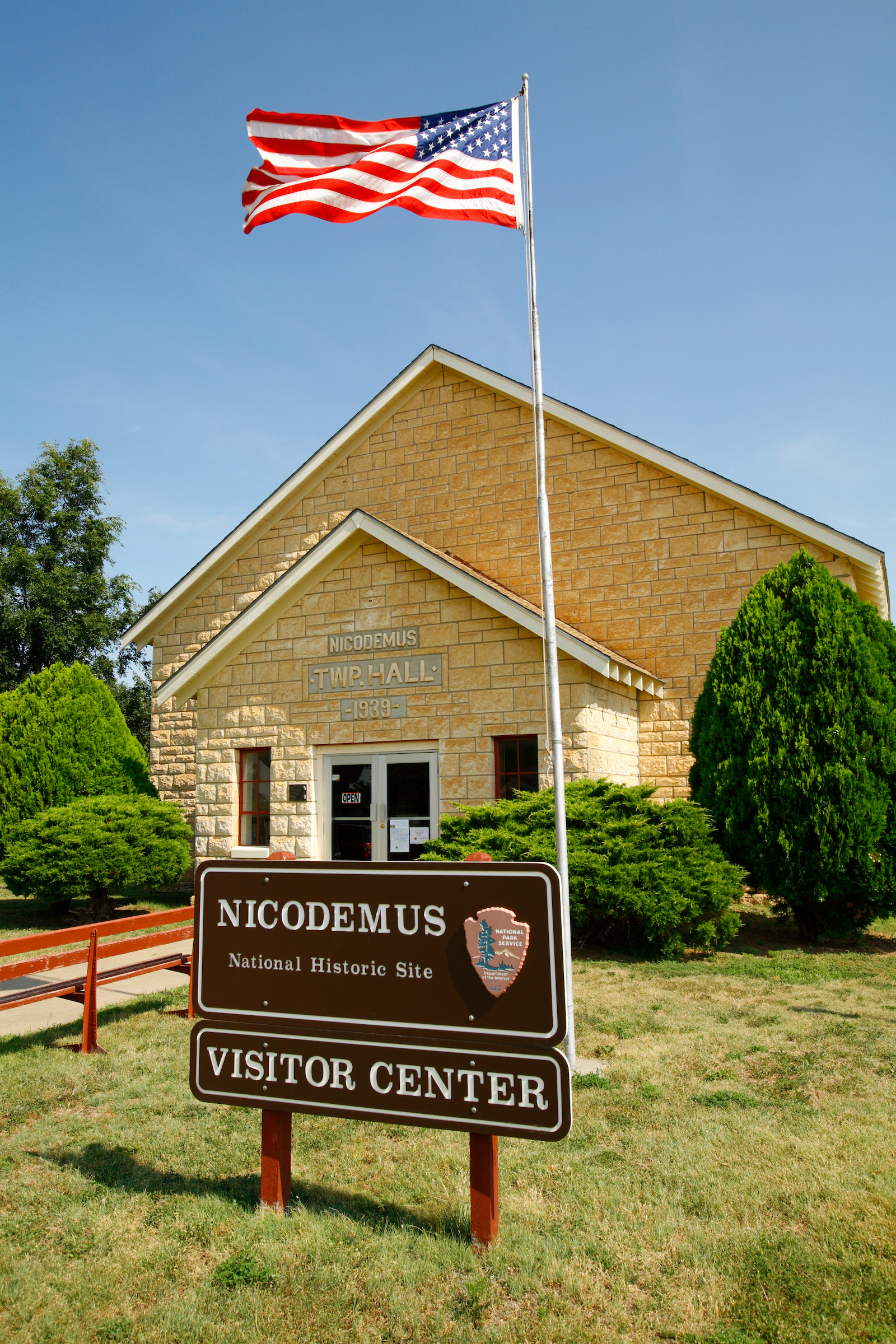
After the Civil War ended, formerly enslaved people established all-Black frontier towns across Kansas, seeking true freedom through self-governance. Nicodemus, founded in 1877, is the only remaining example of these remarkable communities.
The town’s surviving buildings include a stone schoolhouse, African Methodist Episcopal Church, and the general store where families bought supplies for farming the harsh prairie. At its peak, 700 people called Nicodemus home.
Local historians emphasize how these “Exodusters” proved Black people could govern themselves and prosper when given genuine opportunities. Though Nicodemus today has fewer than 50 residents, its legacy challenges stereotypes about Black capabilities during Reconstruction.
16. Ida B. Wells-Barnett House – Chicago, Illinois
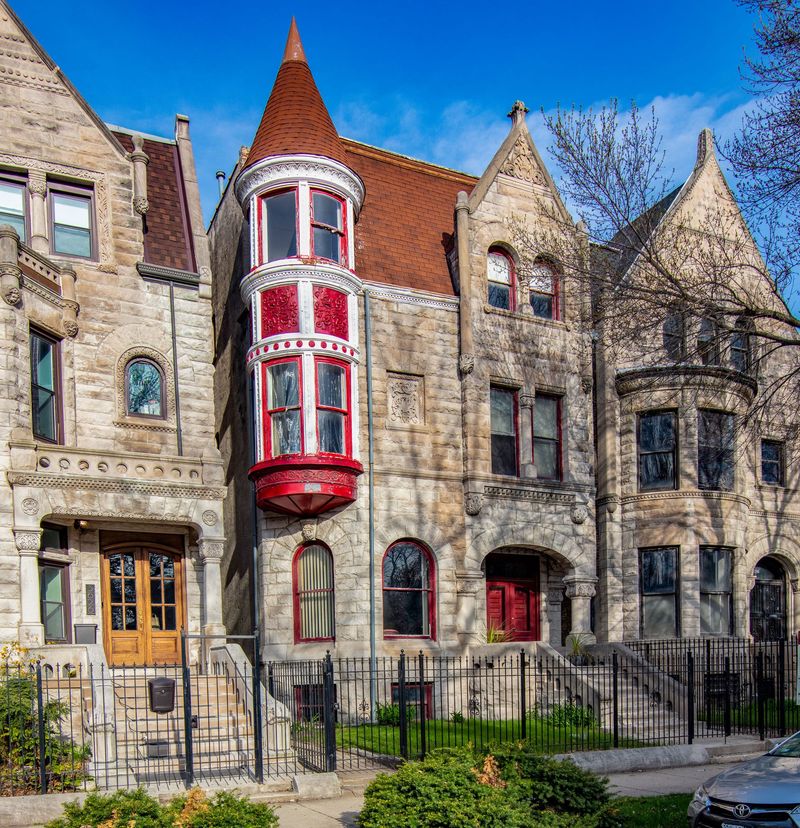
Ida B. Wells-Barnett transformed American journalism by documenting lynching’s true horror when newspapers ignored or celebrated racial violence. Her Chicago home served as headquarters for anti-lynching campaigns that reached international audiences.
The house preserves Wells’ study where she wrote fearless investigations proving that lynching was terrorism designed to destroy Black economic success, not punishment for crimes. Her typewriter and research files show meticulous documentation methods.
Wells co-founded the NAACP but was excluded from leadership because male colleagues found her too radical. Local historians emphasize how Black women like Wells often led civil rights efforts while receiving little recognition for their groundbreaking work.
17. The Freedom Rides Museum – Montgomery, Alabama
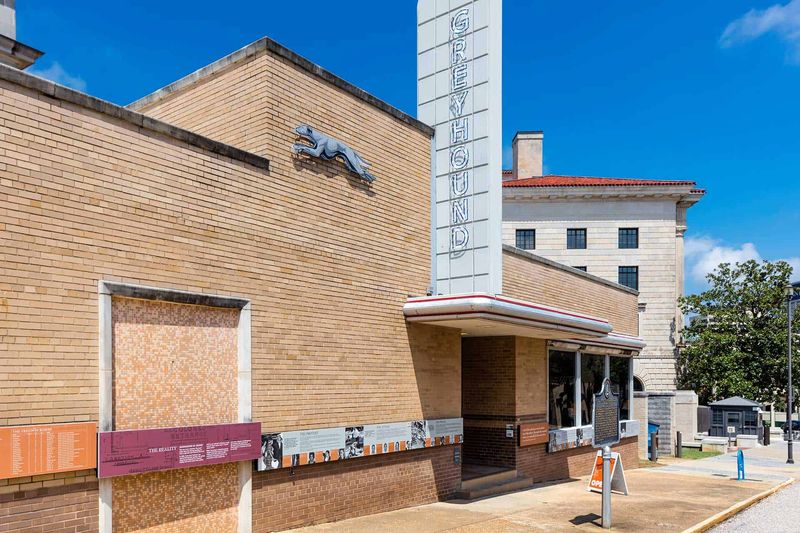
In May 1961, brave activists rode interstate buses into the segregated South to test Supreme Court decisions outlawing segregated public transportation. The Montgomery Greyhound station where they were brutally attacked now houses a museum honoring their courage.
The restored waiting room displays “White Only” signs and shows footage of the violence Freedom Riders faced. Interactive exhibits let visitors experience the fear and determination required to continue riding despite constant threats.
Original bus seats and luggage help visitors imagine the claustrophobic terror of being trapped while angry mobs surrounded buses. Local historians note how these young activists, many still teenagers, risked their lives to make constitutional rights reality.
18. Mary McLeod Bethune Council House – Washington, D.C.
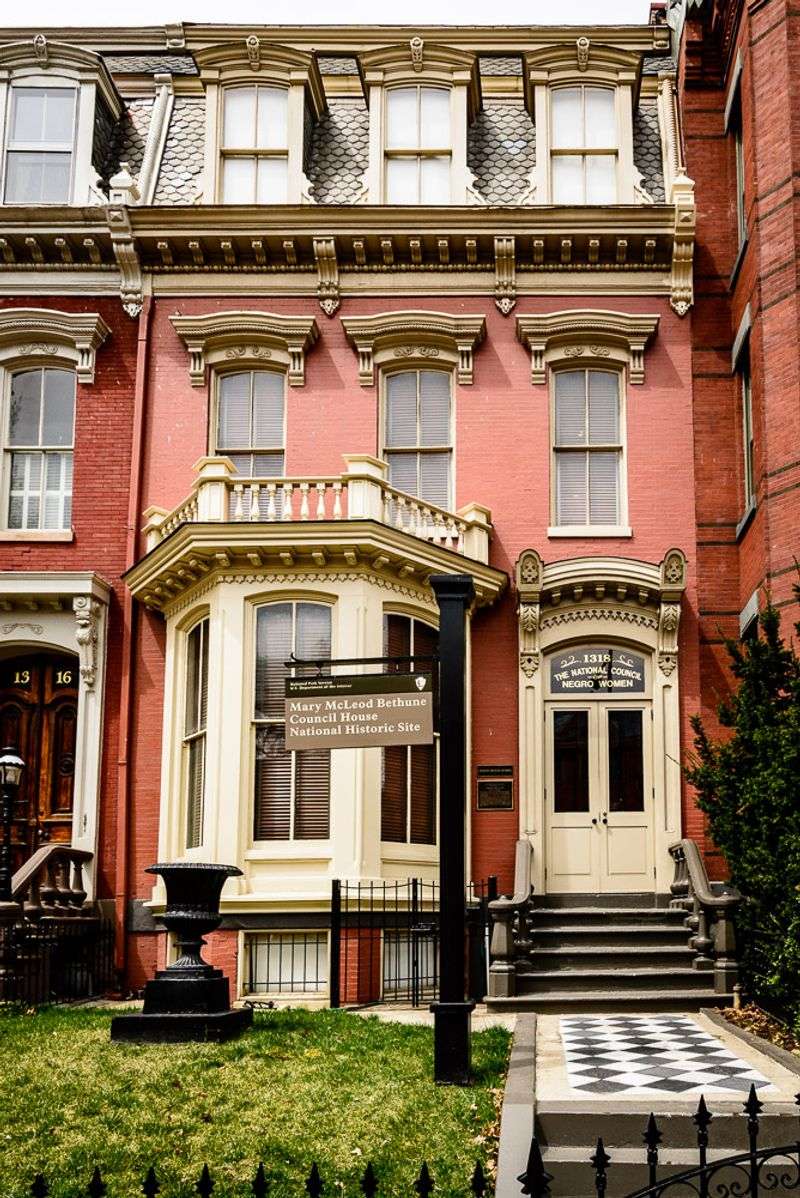
Mary McLeod Bethune rose from sharecropper’s daughter to presidential advisor, founding Bethune-Cookman University and serving in Franklin Roosevelt’s “Black Cabinet.” Her Washington home reflects her remarkable journey from poverty to power.
The house preserves Bethune’s office where she advised presidents on Black concerns and coordinated with other civil rights leaders. Her personal library contains books on education, politics, and African history that shaped her worldview.
Bethune believed education was “the great American adventure” that could lift her people from oppression. Local historians emphasize how she used her proximity to power to open doors for other Black Americans while never forgetting her humble origins.
19. The International African American Museum – Charleston, South Carolina
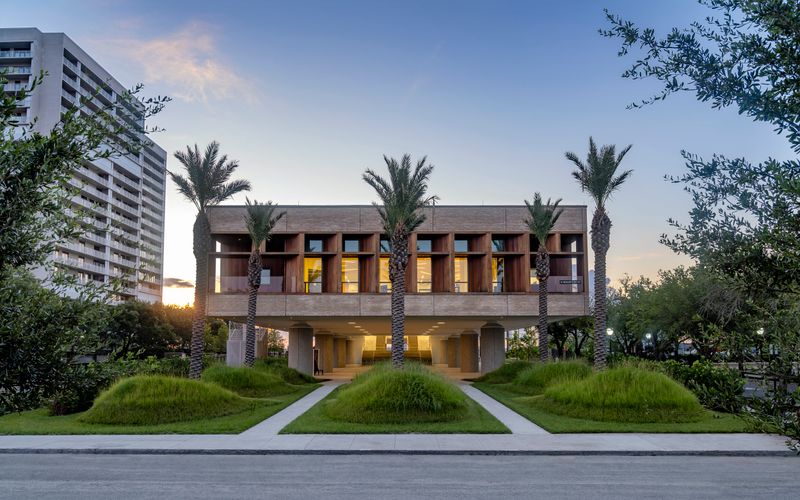
Built on Gadsden’s Wharf where 40% of enslaved Africans first touched American soil, this museum opened in 2023 as the newest addition to America’s Black history landscape. The location’s significance cannot be overstated—millions of family trees trace back to this spot.
Interactive genealogy stations help visitors trace their ancestral connections to specific ships and regions of Africa. The museum’s global perspective shows how the African diaspora influenced cultures from Brazil to Britain.
Local historians praise the museum’s focus on African achievements before slavery, challenging narratives that begin Black history with bondage. The rooftop garden features plants from West Africa, creating sensory connections to ancestral homelands.
20. Little Rock Central High School National Historic Site – Arkansas
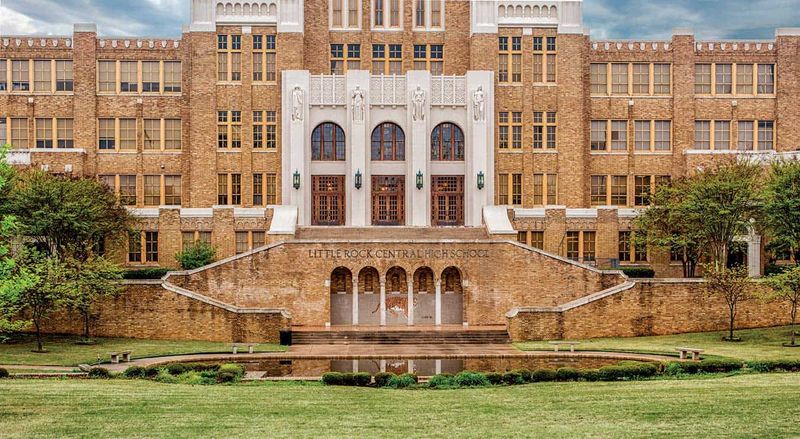
In September 1957, nine Black teenagers walked through hostile crowds to integrate Little Rock Central High School, forever changing American education. The Little Rock Nine faced daily harassment, death threats, and physical violence to claim their right to equal education.
The visitor center across from the school displays artifacts from that turbulent year, including hate mail the students received and supportive letters from around the world. Video testimonies from the Nine describe their courage and trauma.
The school still operates today, with a diverse student body that would have been unimaginable in 1957. Local historians emphasize how these teenagers’ bravery opened educational opportunities for millions of students who followed in their footsteps.

